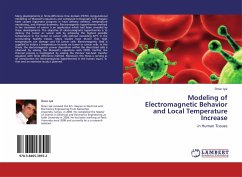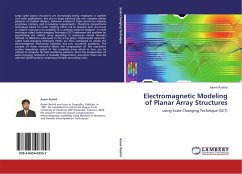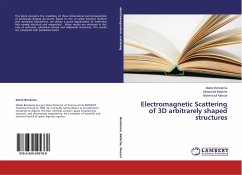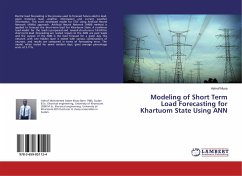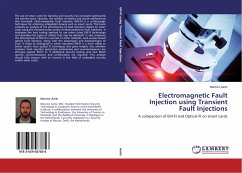Many developments in finite-difference time domain (FDTD) computational modelling of Maxwell s equations and computed tomography (CT) imagery have caused important progress in heat delivery method, temperature monitoring, and thermal dosimetry. Electromagnetic hyperthermia method in the treatment of cancer is an application which had been revealed by these developments. The objective of electromagnetic hyperthermia is to destroy the tumor or cancer cells by achieving the highest possible temperature in the tumor or cancer cells without exceeding 42ºC in the surrounding healthy tissues. Many studies have shown that high temperatures can damage and kill cancer cells. Electromagnetic field is supplied to induce a temperature increase on tumor or cancer cells. In this thesis, the electromagnetic power deposition within the discretized cells is observed by solving the Maxwell s equations with FDTD. Further the thermal process is investigated by solving the Pennes bio-heat transfer equation with finite difference method. Moreover, this thesis is serving as an introduction for electromagnetic hyperthermia in the human issues. To that end an extensive study is planned.
Bitte wählen Sie Ihr Anliegen aus.
Rechnungen
Retourenschein anfordern
Bestellstatus
Storno

